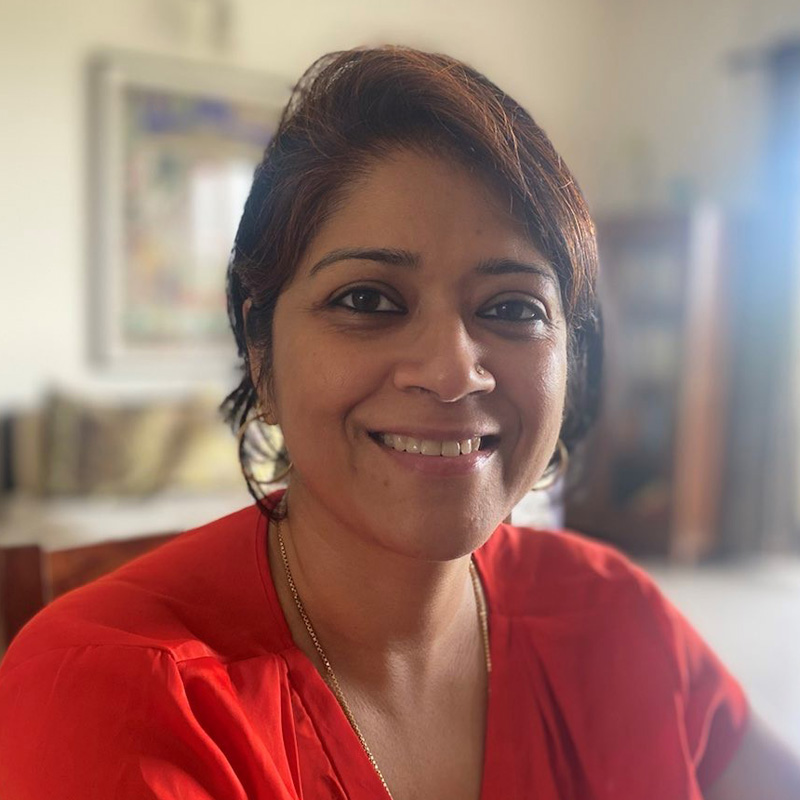Changes in brand equity sometimes seem to move at a glacial pace. But like the melting ice caps, losing track of what people think about your brand can happen slowly over time yet - have a catastrophic impact. Suddenly, your brand equity data is two years out of date, you’re not sure how your brand is perceived compared to the competition, and you ruefully wonder how you got here.
Brand perceptions really matter. They can either position your brand for growth or regression. And you might be surprised to learn how few brands actually achieve sustainable growth: only one in ten, according to recent analysis of the BrandZ database, which assessed 12 000 brands between 2014 and 2022.
Catalysts for change
In my job, I spend a lot of time working with brand equity data to identify growth opportunities for brands, both in India and around the world. Product categories can often seem locked into a fixed pattern, nothing seems to change, and then suddenly an event shakes things up and it’s all change, all at once. Sometimes, the catalyst for change is an external event – like the COVID pandemic – but more often it originates with a specific brand. One brand identifies an opportunity for growth, changes the playing field, and forces the others in the category to respond.
Changing drivers of brand choice
For instance, when the Indian telecoms brand Jio entered the market, I was working with one of the incumbent telecom companies. Jio’s launch was truly disruptive, as the brand offered free data and voice services and gained 100 million subscribers in less than a year. From the brand equity data, we identified that as the competitive landscape changed so too did the drivers of brand choice. Where previously trust and reliability were important, increasingly brand choice was driven by perceived differentiation and the range of value-added services offered. In unpredictable times or when your category is disrupted, having a tried and tested approach to brand equity measurement becomes even more important to making confident decisions about what to do next.
The optimal growth strategy is brand specific
Kantar’s Meaningful Different Salient framework uses the same key measures as are used to power the BrandZ Top 100 Most Valuable Global Ranking and have been validated against important market outcomes like market share and probability of growth. Commissioning a brand-specific study provides in-depth diagnostic information to help guide the optimal strategy based on how people perceive the brand and its primary competition. The optimal strategy for a brand to grow depends on what its strengths and weaknesses are today. For instance, it is a positive indicator if a brand has high salience, but that alone is not enough to generate growth. Instead, a brand needs to develop a positioning that people find to be meaningful and different as well. And a challenger brand may well need to emphasize different qualities from a brand leader, rather than emulating them.
The optimal growth strategy can differ by time of year or market
Turning to a different category, that of beverages, India’s highly variable climate means that what people look for in a beverage changes throughout the year. When it is hot, experimentation is key, and “easy to mind and easy to find” impact choice the most. But in cool weather, choices revert to more substantive decisions. For a client who was competing with a large multinational, perceptions of meaning were derived from its positioning around kids’ nutrition and health which the competitor clearly lacked. As a result, the brand’s research confirmed they were better positioned to justify their premium pricing in the market.
Your brand strategy must flex according to the local context
India is a complex and regionally diverse market, with significant differences in lifestyles and cultural values, not to forget the number of spoken languages. As a result, companies here face many of the same challenges as global multinationals. Wherever you are in the world an important consideration when trying to unlock growth is to assess how a brand’s strength differs across markets. A brand might be the leader in some markets and a challenger in others, and so would need to flex its overall strategy accordingly.
When it comes to brand, sometimes you need to act fast
Whether you track your brand continuously or not, there will be occasions where you’ll need a point in time read on the competitive context of your brand. This can help you pivot quickly to take advantage of an opportunity - or to avoid catastrophe. In the past, just setting up a study could take weeks, and by the time you receive the insights the moment to act may have passed. But brand measurement doesn’t have to be unduly complex, slow or beyond your budget. With BrandEvaluator on Kantar Marketplace, it’s now possible to get a snapshot of your brand’s equity compared to its key competition quickly and affordably. Automation now means you can be in field in as little as a day, and have your results in hand in as little as four days.
While automation can make the collection of brand equity data faster and more affordable, having the support of Kantar's brand experts is indispensable when defining the inputs for your study correctly. No category is as simple as it might appear on the surface, and when you have the data on hand, it will help immensely to lean on the brand experts to help you identify key findings for action.
To find out how Kantar Marketplace can help position brand for growth book a demo with one of our experts.

